Our daily estimate of excess deaths around the world | Graphic detail.
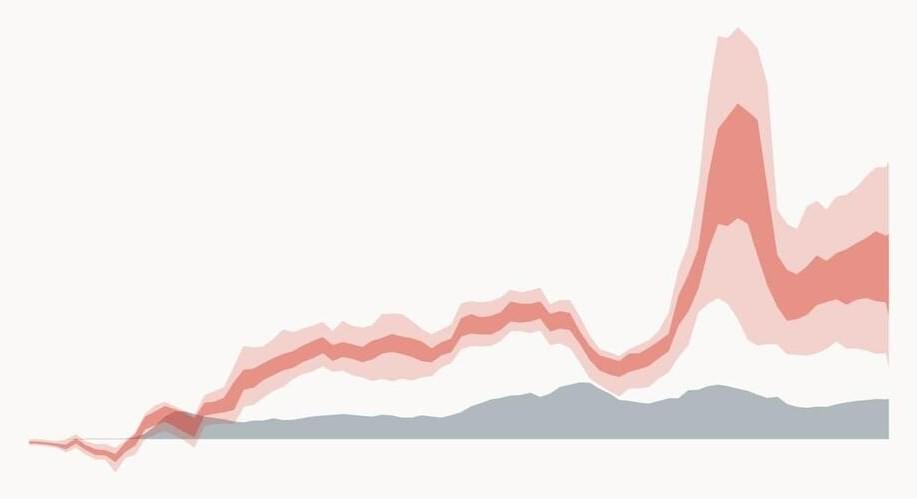

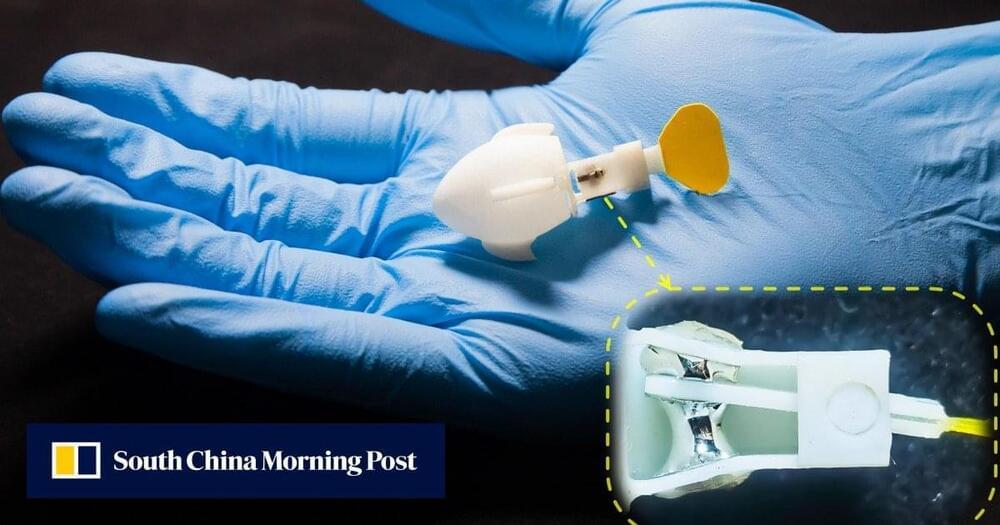
The researchers, from the University of Science and Technology of China, hope that the technique – which uses liquid metal to mimic natural muscle movements — could also help to administer drugs inside the body and underwater drones.
Researchers created an artificial muscle using liquid metal that allows it to expand and contract and hope one day to use the technology to help humans.
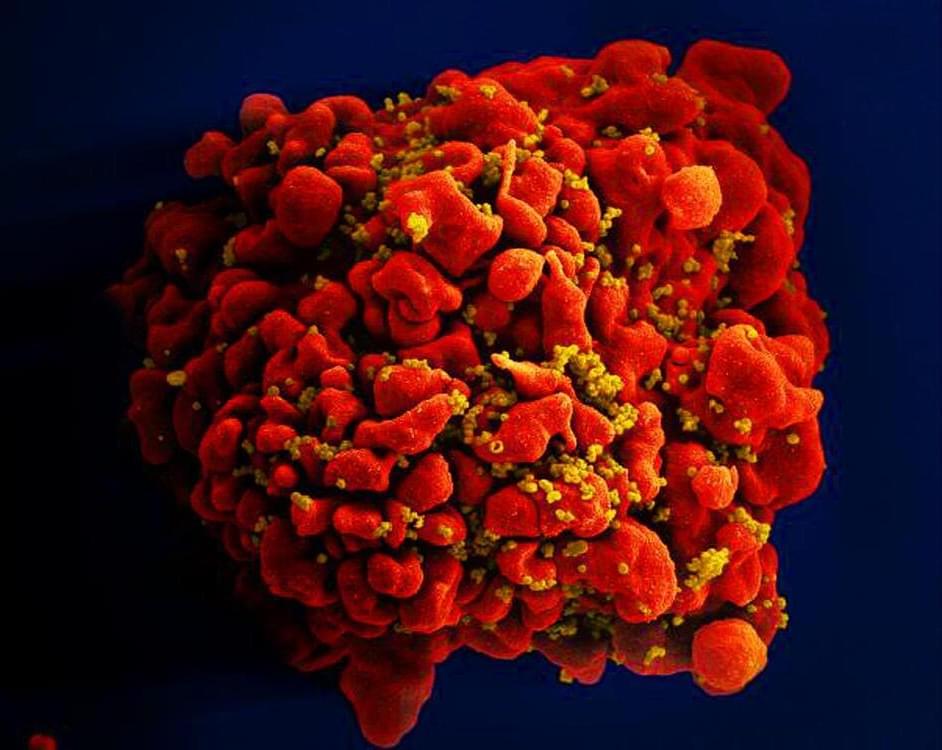
A CRISPR-Cas9 gene editing technology that has shown promise in clearing HIV from mice is headed into human testing.
Excision BioTherapeutics will usher the CRISPR-based therapy EBT-101 into clinical trials after the FDA cleared an investigational new drug application, according to the company’s press release.
EBT-101 is under development as a potential virus-clearing treatment for patients with HIV—or, put in the company’s words, “a potential functional cure for chronic HIV.”
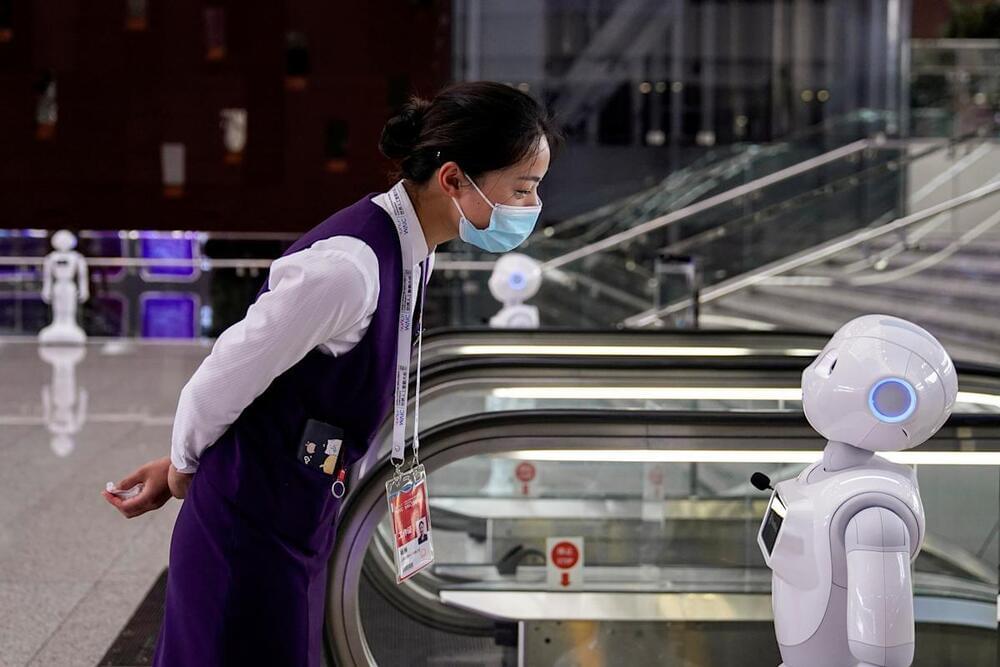
A dress worn this week by Democratic Congresswoman Alexandria Ocasio-Cortez (D-NY), which bore the message “tax the rich,” set off a wave of debate over how best to address wealth inequality, as Congress weighs a $3.5 trillion spending bill that includes tax hikes on corporations and high-earning individuals.
The debate coincides with the ongoing pandemic in which billionaires, many of whom are tech company founders, have added $1.8 trillion in wealth while consumers have come to depend increasingly on services like e-commerce and teleconference, according to a report released last month by the Institute for Policy Studies.
In a new interview, artificial intelligence expert Kai Fu-Lee — who worked as an executive at Google (GOOG, GOOGL), Apple (AAPL), and Microsoft (MSFT) — attributed the rise of wealth inequality in part to the tech boom in recent decades, predicting that the trend will worsen in coming years with the continued emergence of AI.

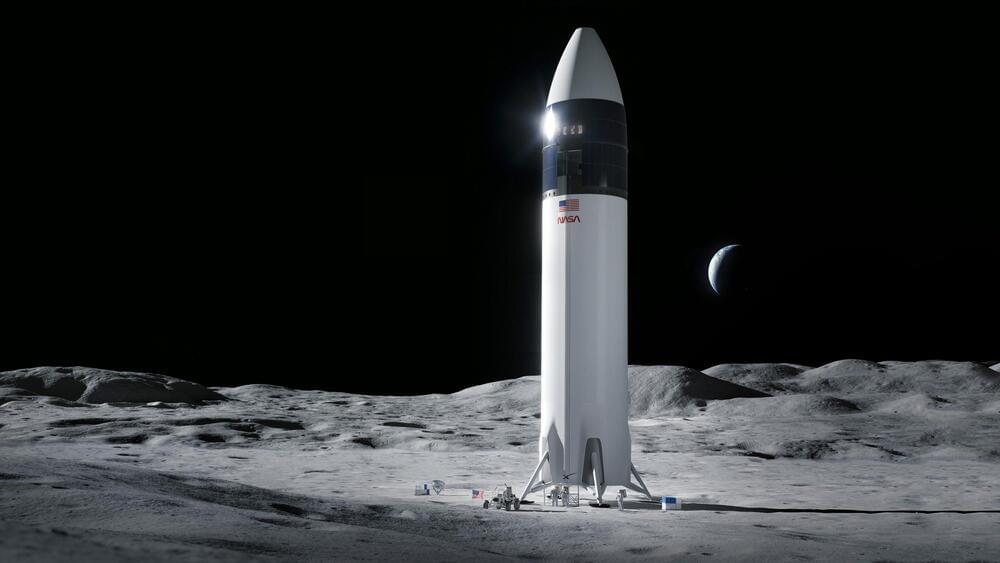
The selected companies will develop lander design concepts, evaluating their performance, design, construction standards, mission assurance requirements, interfaces, safety, crew health accommodations, and medical capabilities. The companies will also mitigate lunar lander risks by conducting critical component tests and advancing the maturity of key technologies.
The work from these companies will ultimately help shape the strategy and requirements for a future NASA’s solicitation to provide regular astronaut transportation from lunar orbit to the surface of the Moon.
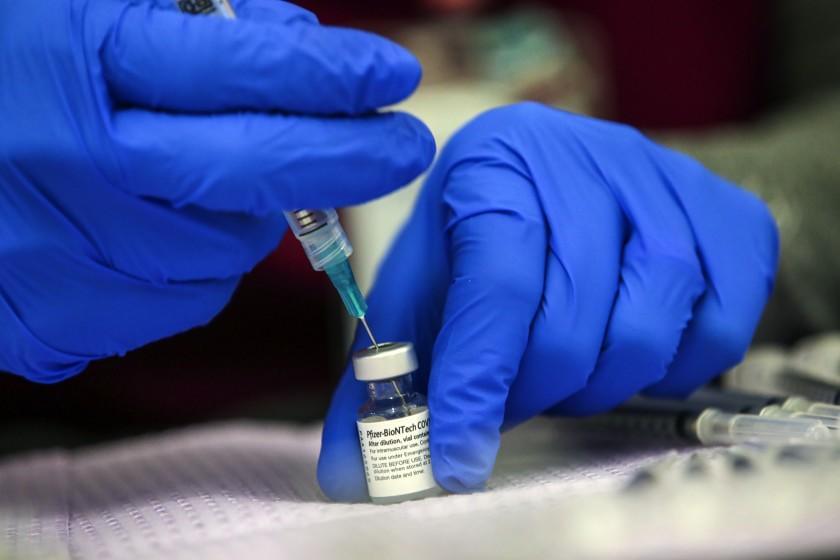
Data collected from 18 states between March and August suggest the Pfizer-BioNTech vaccine reduces the risk of being hospitalized with COVID-19 by 91% in the first four months after receiving the second dose. Beyond 120 days, however, that vaccine efficacy drops to 77%.
Meanwhile, Moderna’s vaccine was 93% effective at reducing the short-term risk of COVID-19 hospitalization and remained 92% effective after 120 days.
Moderna’s COVID-19 vaccine does a significantly better job of preventing COVID-19 hospitalizations compared with Pfizer’s shot.
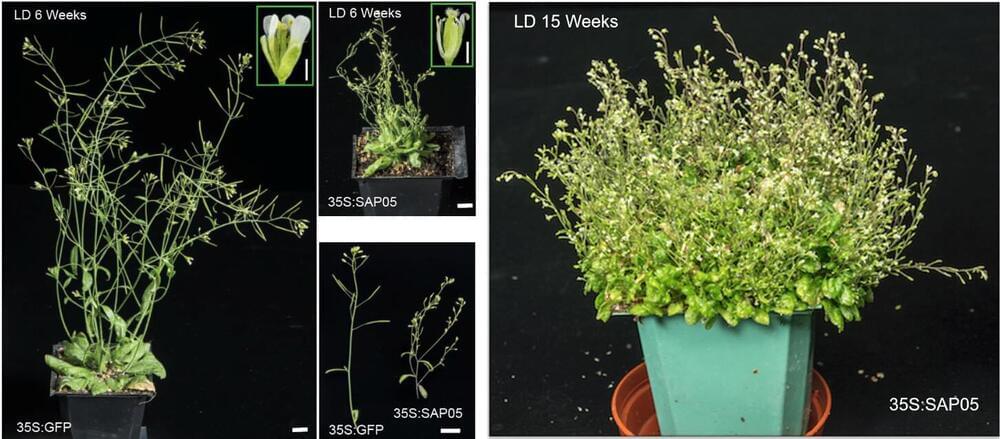
A newly discovered manipulation mechanism used by parasitic bacteria to slow down plant aging, may offer new ways to protect disease-threatened food crops.
Parasites manipulate the organisms they live off to suit their needs, sometimes in drastic ways. When under the spell of a parasite, some plants undergo such extensive changes that they are described as “zombies”. They stop reproducing and serve only as a habitat and host for the parasitic pathogens.
Until now, there’s been little understanding of how this happens on a molecular and mechanistic level.

“You may hit the tipping point when you’re 50; it may happen when you’re 80; it may never happen,” Schindler said. “But once you pass the tipping point, you’re going to accumulate high levels of amyloid that are likely to cause dementia. If we know how much amyloid someone has right now, we can calculate how long ago they hit the tipping point and estimate how much longer it will be until they are likely to develop symptoms.”
Summary: A new algorithm uses neuroimaging data of amyloid levels in the brain and takes into account a person’s age to determine when a person with genetic Alzheimer’s risk factors, and with no signs of cognitive decline, will develop the disease.
Source; WUSTL
Researchers at Washington University School of Medicine in St. Louis have developed an approach to estimating when a person who is likely to develop Alzheimer’s disease, but has no cognitive symptoms, will start showing signs of Alzheimer’s dementia.
The algorithm, available online in the journal Neurology, uses data from a kind of brain scan known as amyloid positron emission tomography (PET) to gauge brain levels of the key Alzheimer’s protein amyloid beta.
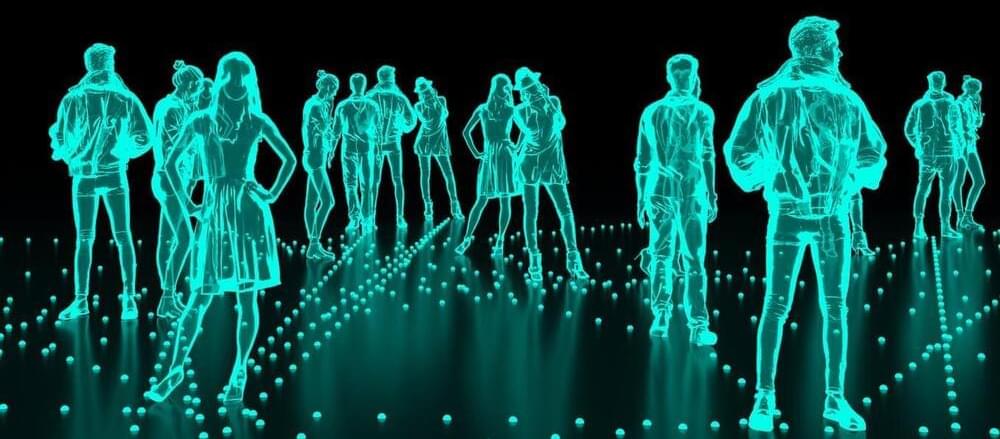
The TV show “Star Trek: The Next Generation” introduced millions of people to the idea of a holodeck: an immersive, realistic 3D holographic projection of a complete environment that you could interact with and even touch.
In the 21st century, holograms are already being used in a variety of ways such as medical systems, education, art, security and defense. Scientists are still developing ways to use lasers, modern digital processors, and motion-sensing technologies to create several different types of holograms which could change the way we interact.
My colleagues and I working in the University of Glasgow’s bendable electronics and sensing technologies research group have now developed a system of holograms of people using “aerohaptics,” creating feelings of touch with jets of air. Those jets of air deliver a sensation of touch on people’s fingers, hands and wrists.